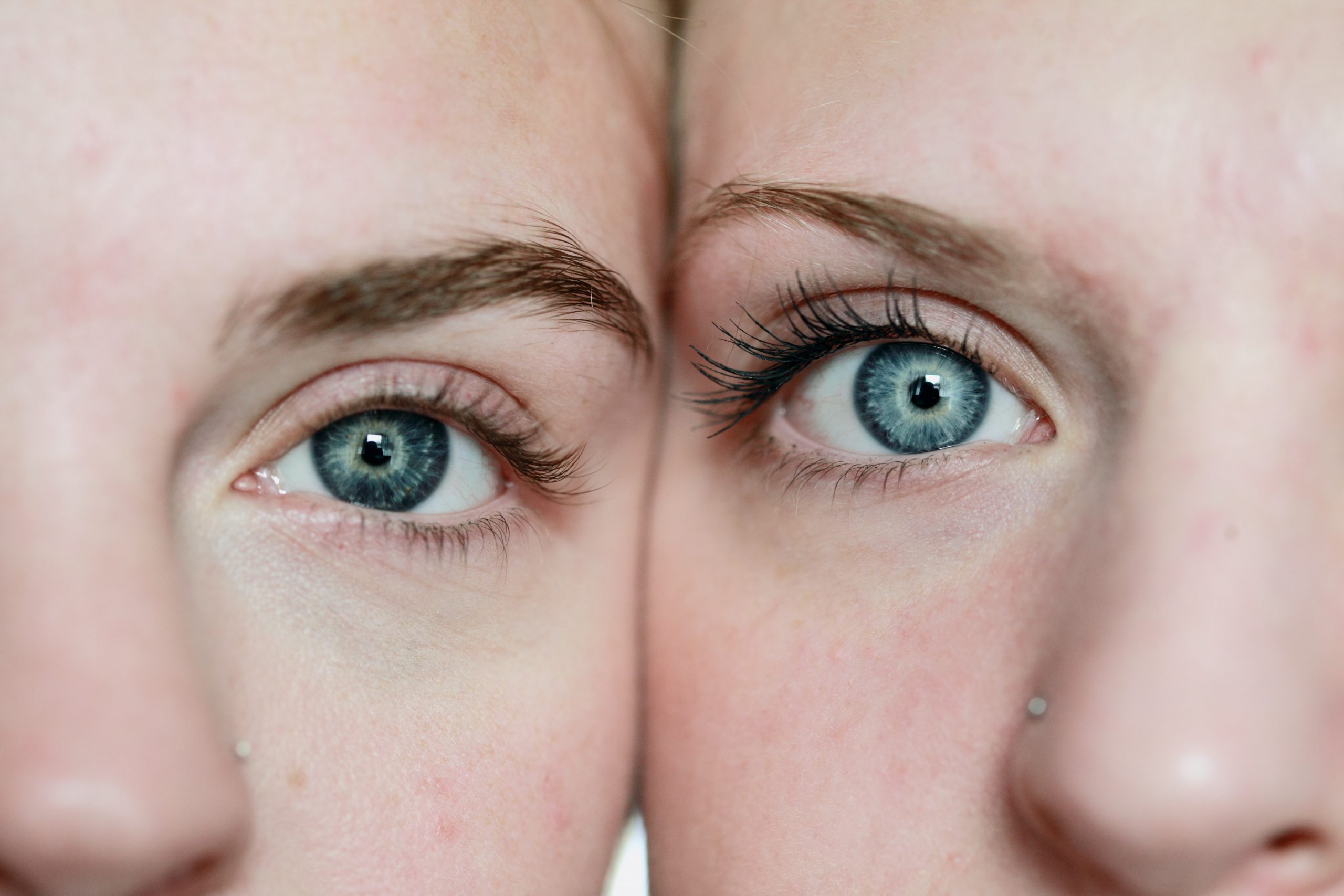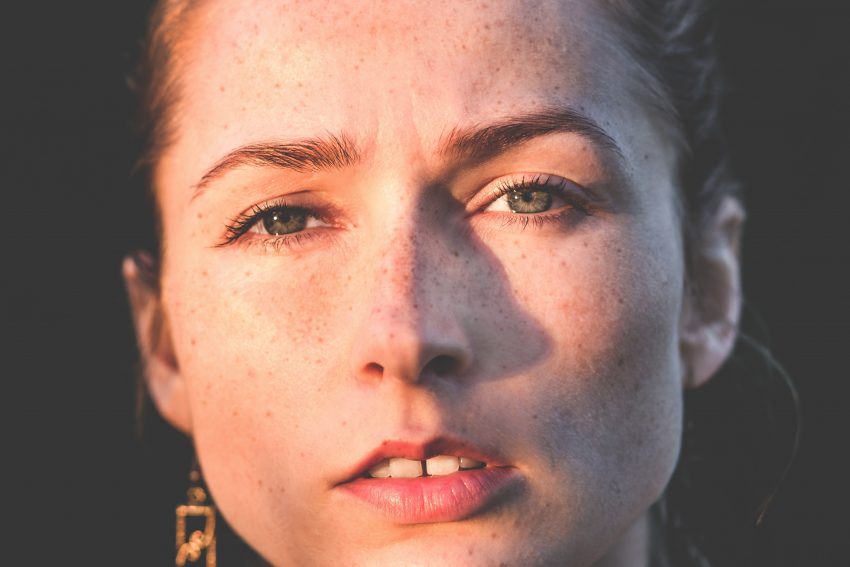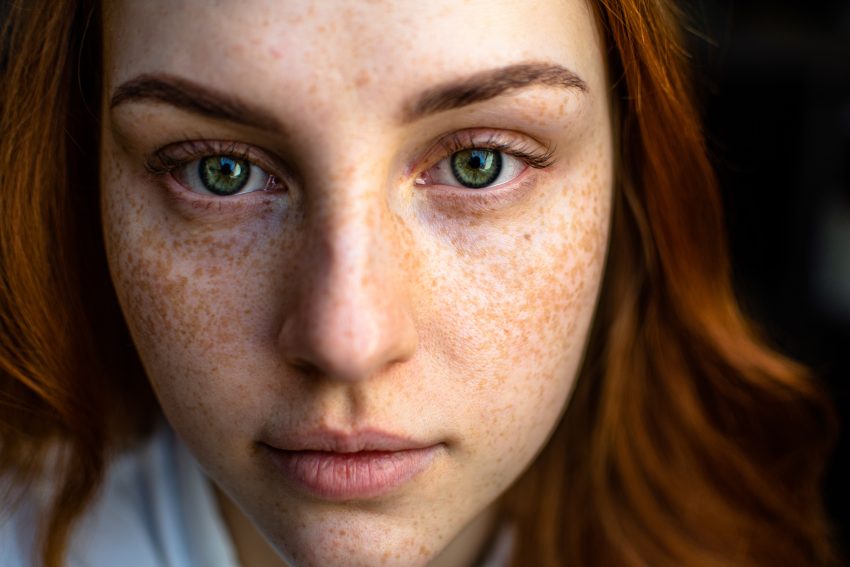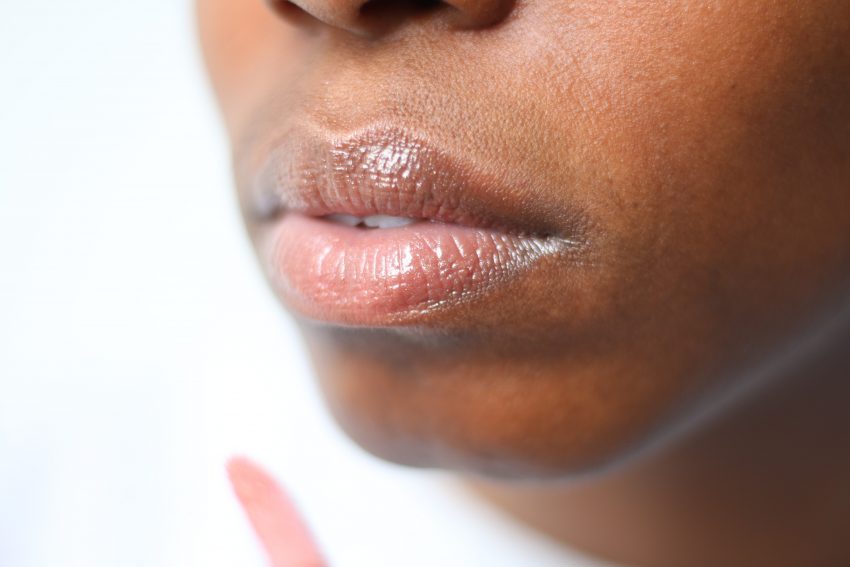Changes in our skin as we age are inevitable, including loss of moisture, changes in…

What’s My Skin Type? How to Find Out in 7 Easy Steps
Love your skin or not, our skin type isn’t something we can do much about. Decided by our genetics before we’re even born, it’s with us throughout our lives and we have to learn to work with it.
Curiously enough, our skin type isn’t always as permanent as you might think, though. As we grow and age, our skin can change, making it even more important that we stay up to date with our skin’s needs.
Different types of skin require different regimens, and this largely depends on how much oil we produce. But if you’re not sure exactly what your skin type is, now’s the time to find out. With seven easy steps, we’ll have you on your way to the perfect skin care routine in no time.
Step 1 – Cleanse Your Skin
To begin with, we need a blank canvas of skin. That mostly means getting your skin back to its most natural state. So no make-up, no chemicals and no dirt on your face.
Take off any make-up with a gentle remover that works on even waterproof products. Though you might think that’s enough, you’d be surprised at just how much a make-up remover misses, so the next step is a face wash or cleanser.
This must be free of moisturisers and chemicals, and should be used with warm (not hot) water. Water that’s too hot dries out our skin, which won’t allow us to get an accurate idea of our skin type.
When you’ve thoroughly washed your face and removed any residue, pat dry your skin with a soft towel. You should dry your skin as gently as possible and leave your skin entirely bare. Don’t apply any products, creams or serums.
Now sit back and relax, because we need to wait for an hour or two to get a true idea of skin type.
Step 2 – The T-Zone
The T-Zone is an area of your face you might have heard referred to before. It’s often talked about in teen magazines and on products targeted at teenagers, but it’s relevant at all ages.
The T-Zone is the area of your face that has the most oil glands, and therefore can give us the best idea of skin type. It includes your forehead, nose and chin – making a T shape across your face.
Grab a clean tissue, and gently pat your T-Zone. It’s unnecessary to rub, just pat. When you take the tissue away from your face, it will probably appear one of three ways.
If the tissue doesn’t look any different, you probably have normal or dry skin.
If the tissue has flakes of dead skin, you may have dry skin.
If the tissue has oil on it or looks transparent, then you probably have oily or combination skin, depending on where the oil was absorbed from.
To make sure you get the right answer about your skin type, there are several more steps. Don’t jump to conclusions early on, because each of us is different. One test doesn’t tell us much!
Step 3 – How Does Your Skin Feel?
It’s fair to say this is the most straightforward step. Take a few minutes to sit back and close your eyes. Focus on how your skin feels.
If you have oily skin, it’s likely that you already feel greasy, and your skin feels coated or even dirty within an hour of washing your face.
If your skin feels itchy, you may have sensitive skin. Sensitive skin can apply to all skin types, not just dry and normal.
If your skin feels tight, or feels rough, you might have dry skin.
If different parts of your face feel different, then you may have a combination of skin types.
Step 4 – Consider Your Reflection
Different skin types look different in the mirror. By this stage, you probably already have an idea of your skin type, but it’s important to be sure.
If your skin is oily, you’ll likely notice a shine or general greasiness to your skin. This is likely to be confined to the T-Zone, but could also be just your nose, chin or forehead.
For people with dry skin, you’ve probably noticed flaky patches on your face. Flaky patches can appear with any skin type if you’ve been using products that dry out the skin, but are likely common if you have dry skin. Dry, flaky patches can also be a sign of sensitive skin, but not always.
If you have combination skin, you may notice a mix of the two. Your cheeks or perhaps your forehead may feel tight or dry, with flaky patches, while your nose looks and feels oily. Try to note each difference carefully.
Step 5 – Pinch It
This doesn’t have to hurt, really! But pinch your skin gently and consider the effect it has on your skin.
For those with oily skin, you’re in luck. Though oily skin types ten to have more breakouts and acne overall, one advantage to oily skin is moister, smoother skin. Which means oily skin types will probably age more slowly and have less fine lines and wrinkles on display.
As you pinch the skin and pressure is applied, the difference between dry, combination and oily skin is clear. The former two will wrinkle more easily, but with oily skin, the skin remains smooth.








